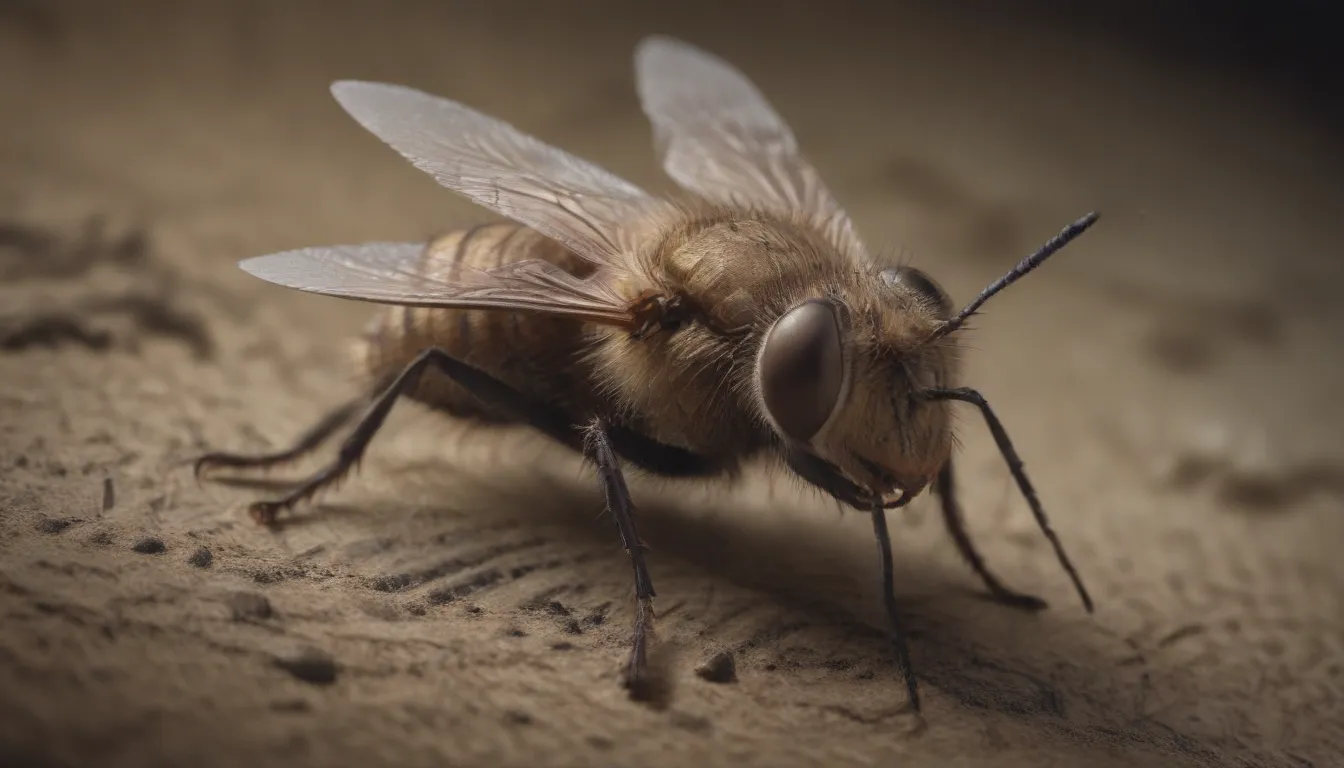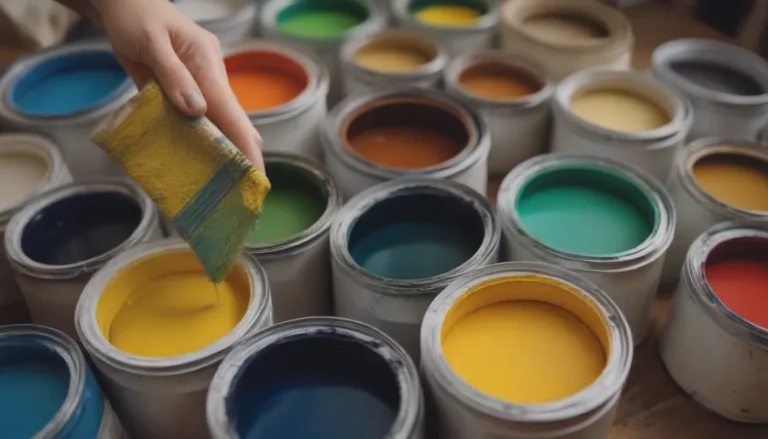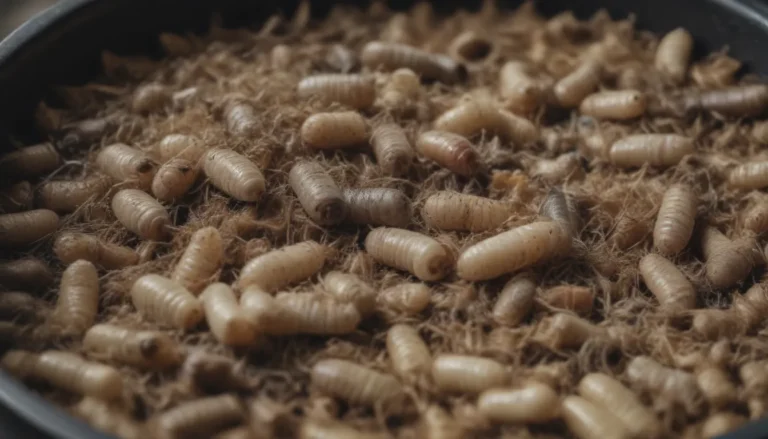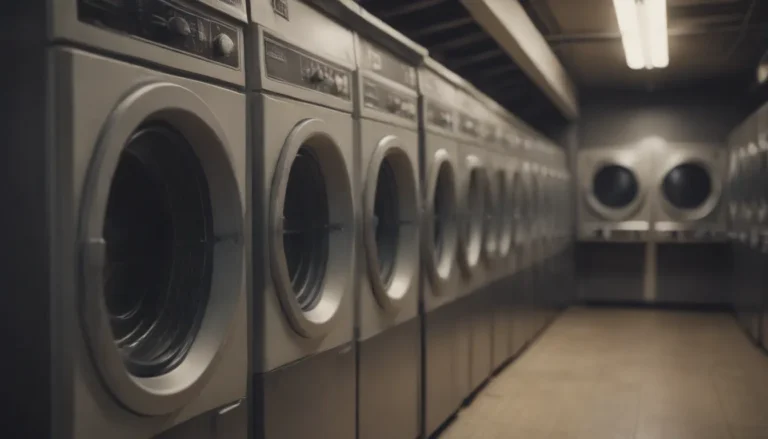A Comprehensive Guide to Identify and Eliminate Drain Flies

Are you constantly bothered by tiny flies buzzing around your sink or shower drain? Don’t worry; you’re not alone. These bothersome pests, known as drain flies, can quickly become an annoyance if left unchecked. But fear not, as I’m here to provide you with valuable tips and tricks on how to identify and effectively get rid of drain flies for good.
Understanding Drain Flies
Drain flies are small insects commonly found in areas with moisture and decaying organic matter. Often mistaken for fruit flies, these pests belong to the Psychodida family of insects. The most common species is Clogmia albipunctata, also known as the common drain fly or moth fly due to its fuzzy, moth-like appearance. Here are some key characteristics to help you identify drain flies:
– Size: Adult drain flies are approximately 1/8 of an inch in size.
– Appearance: They have dark gray to black bodies with slightly lighter wings. Their long, curved antennae are distinctive.
– Habitat: Drain flies thrive in areas with standing water and decaying organic material, making drain pipes, floor drains, and moist environments their ideal breeding grounds.
Causes of Drain Flies Infestation
Understanding the root cause of a drain fly infestation is crucial to effectively eliminate these pests. Drain flies are attracted to moisture and decaying organic matter, which are often found in the following areas:
– Fixture drains
– Floor drains
– Garbage and recycling areas
– Standing water underneath appliances
– Soggy outdoor areas
How to Get Rid of Drain Flies
Now that you know how to identify drain flies and understand their breeding habits, it’s time to take action and get rid of these pesky insects. Here are five effective methods to eliminate drain flies from your home:
1. Clean and Repair Drains
- Thoroughly clean drains, sink pipes, and drain traps using a stiff brush.
- Pour boiling water down the drain to flush out any remaining sludge.
- Use a natural cleaning solution made with baking soda, vinegar, and hot water.
2. Clean Indoor Garbage and Recycling Areas
- Remove any organic debris from floors and walls around garbage and recycling bins.
- Clean and dry the containers to prevent attracting drain flies.
3. Clean Floor Drains and Dry the Floors
- Clean floor drains with hot water and a baking soda mixture to eliminate breeding grounds.
- Check sump pump pits for standing water and ensure proper drainage.
4. Eliminate Standing Water
- Remove any sources of standing water, such as wet lint in the laundry area or drain pans beneath appliances.
- Keep houseplants in well-draining pots to prevent water accumulation.
5. Look for Outdoor Sources
- Clean and dry outdoor areas with stagnant water, such as bird baths, rain barrels, and compost bins.
- Prevent water accumulation in these areas to discourage drain flies from breeding.
Preventing Future Drain Fly Infestations
Prevention is key to keeping drain flies at bay and maintaining a clean environment in your home. Here are essential tips to prevent future drain fly infestations:
– Keep all areas of your home dry and clean to avoid attracting drain flies.
– Use simple traps made with plastic cups or insect glue boards to monitor and trap drain flies.
– Regularly check traps and expand your search if infestations persist.
Potential Risks Associated with Drain Flies
While drain flies may seem harmless, they can pose certain risks if left unaddressed. Here are some potential concerns associated with drain flies:
– Myiasis: Drain fly larvae can cause parasitic infections if they enter the body through open wounds. This is a rare occurrence but worth noting.
– Bacterial Transfer: Drain flies can carry harmful bacteria, although the risk of transmission is minimal.
– Asthma Aggravation: Heavy infestations of drain flies may worsen asthma symptoms in some individuals due to airborne particles from dead flies.
Conclusion
In conclusion, identifying and eliminating drain flies is essential for maintaining a clean and healthy living environment. By following the tips and strategies outlined in this comprehensive guide, you can effectively get rid of drain flies and prevent future infestations. Remember, persistence and thorough cleaning are key to eradicating these pesky pests once and for all.
Remember, a clean environment is crucial in keeping drain flies at bay. By following the outlined steps and being proactive in maintaining cleanliness, you can effectively eliminate drain flies and prevent future infestations. Don’t let these tiny pests ruin your living space—take control of the situation and enjoy a fly-free environment today!





